T OM M C C ARTHY s work has been translated into more than twenty languages. His previous books include Remainder, C, Satin Island, and Tintin and the Secret of Literature. He is the founder and general secretary of the International Necronautical Society (INS), a semi-fictitious avant-garde network. In 2013 he was awarded the inaugural Windham-Campbell Prize for Fiction by Yale University. He lives in London.
Typewriters, Bombs, Jellyfish
Essays
TOM McCARTHY
 New York Review Books New York
New York Review Books New York
This is a New York Review Book
published by The New York Review of Books
435 Hudson Street, New York, NY 10014
www.nyrb.com
Copyright 2017 by Tom McCarthy
All rights reserved.
Cover image: Ed Ruscha, Dodgers Stadium, 1000 Elysian Park Ave., 1967, from the book Thirtyfour Parking Lots, 1967; Ed Ruscha; courtesy of the artist and Gagosian Gallery; photography by Art Alanis
Cover design: Katy Homans
A catalog record for this book is available from The Library of Congress.
ISBN 978-1-68137-087-3
v1.0
For a complete list of titles, visit www.nyrb.com or write to:
Catalog Requests, NYRB, 435 Hudson Street, New York, NY 10014
Contents
For all my
New York friends
Typewriters, Bombs, Jellyfish
Introduction
The Coming Goo
I recall reading , in The New York Review of Books a couple of years ago, an article that said jellyfish were taking over the planet. Reviewing a study by marine biologist Lisa-ann Gershwin, the piece pointed to instances of giant agglomerations of the things covering (or saturating) ocean stretches up to sixty miles long, destroying fisheries, clogging up the intake-vents of shoreline factories; when, in 1999, they blocked the cooling system of a Filipino power plant, causing a blackout, it was presumedand widely reportedthat thered been a coup. Invertebrate guerrillas, plasmic terrorists. Last year, Donna Haraway published an essay on Tentacular Thinking in e-flux, calling for fibrous, flagellated, tendriled, and microbial revolt, accompanied by an agitprop poster showing invertebratesthe 97% (of animal diversity)marching beneath the banner Octopi Wall Street. This is funny, and sharp; but Gershwins cnidarian revolutionaries are more sexy, because theyre more brazenly militaristic: they even once apparently took onand beatthe nuclear warship USS Ronald Reagan, subduing it not with thrashing and encoiling arms out of Jules Verne but through an older, Coleridgean tactic of softly yet ineluctably sludging it fast within a sea that had become pure slime.
These essays were written between 2002 and 2016. Some were commissioned as introductions to reissued novels; some as articles; some as live lectures; one as a BBC radio performance. You launch them, and they float around for a while, catching and refracting various types of light; then this same translucence camouflages them against the general background, and they fade from view. But theyre still there, trailing strands in all directions, lookingseductively, or with toxic malevolence, or bothfor points of contact, larger cluster-meshes to lace into, feed off, and recalibrate, or just to sting. Sometimes they break down as clumps of them detach and, like in Terminator 2, run into other clumps, and something starts reconstituting that might or might not be what was there before. Eventually, you realize that a kind of saturation level has been reached; theres a critical mass of goo in circulation; and its coming back, lodging, sticking...
Does this mass have intent? Is it governed by some kind of plan? A systematic, or at least strategic (revolutionary? or reactionary?) program? What citadel or intake-vent is it storming? Even if it lacks the central nervous system that would enable it to think it had a plan, could one be attributed to it retrospectively, or vicariously, or by default? Maybe, maybe not. The only way of beginning to answer these questions is to scoop these essays up and float them out again, as one big cluster.
I M EXTREMELY GRATEFUL to Melanie Jackson and Edwin Frank, without whom this collection would never have taken shape. Also to Ed Ruscha, for allowing me to use his beautiful image on the cover. And to Jonathan Pegg, and the many collaboratorsinstitutional, commercial, and (perhaps most importantly) amicalwhose kindness has allowed the pieces such a hospitable environment in which to spawn and multiply.
Meteomedia, or Why Londons Weather Is in the Middle of Everything
I live in a twelfth-floor Central London flat. The flat has long, tall windows facing west and north. Talking to people on the phone, I stare across the city and the sky. The vista usually provides a backdrop to the conversation. Often, though, its the conversations subject: I tell friends what weather they will have in twenty minutes, warning those in Hackney that long, vertical walls of rain are gliding towards them over Islington and Dalston, or assuring those caught in a West End shower that the broad shafts of sunlight I can see sweeping northwards from Big Ben will hit them soon. During public eventsjubilee fly-pasts, test matches, May Day demonstrationsthe television becomes a shared chart or crib sheet: I can reference the blimp or helicopter that I know is on my interlocutors screen as well as mine and tell him or her that two hundred feet to its east the cloud thats worrying the umpires light meter gives over to blue skies in St. Johns Wood, or that the rioters and police were watching battling it out in Oxford Street will shortly be united by a drenching.
Weather and communication: that is the two-fold promise modern Londons airspace makes. Aerials and phone-masts pick up, decode, encode and transmit again through clouds that swallow and regurgitate them or slide by above them scanning roofs and streets like barcode. When viewed from high up, London invites commentary, interpretation and prognosismore so than other cities due to its ever-changing climate. Weather and communication, weather and telecommunication: the tallest (and hence most weather-enveloped) building visible from my flat is the British Telecom Tower. Although built a decade and a half before 1979 (and christened the Post Office Tower), the building owes its present name and status to that years election and its aftermath. In 1981 Margaret Thatchers government separated BT from the Post Office; in 1984 they floated BT as a PLC, selling 50.2 percent of its shares to the public. Throughout the eighties, though, and to the present day, the Tower has remained closed to the same public who own it. Technically, the Tower is what is known as a Pulse Code Modulation (PCM) Switching Centerone of the worlds very first. Staring at it day in and day out, month after month as it lights up, looms out of fog, bounces sunlight, dodges lightning and gets drubbed by hail, I like to fantasize that in its upper floors sit gods, or at least priests, who modulate all of the citys skys flows, who set its pulse-rate, write its code and flip its switches. When London is studied centuries from now by alien terrologists, this building and not Saint Pauls will be identified as its religious heart, its spire.
Weather, communication, code, interpretation, influence: these things have always gone together. For both Seneca and Aristotle, the airy region was a region of conveyance, of transferral and translation, in which meteors or atmospheric phenomena (meteor means elevated, lofty or sublime) were produced by the influence of the celestial sphere on the sublunary one. For Virgil, too, weather told a coded tale of influence, of cause and effect, and hence was decryptable: his

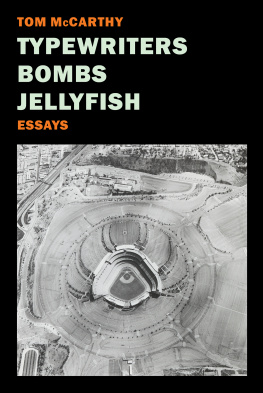
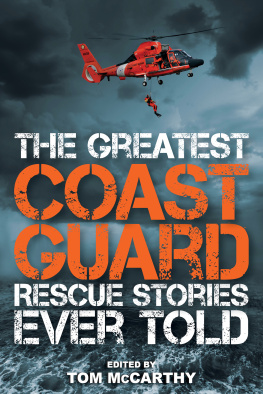
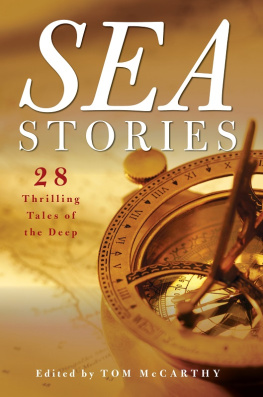
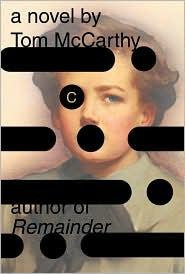
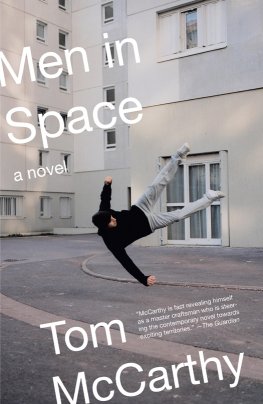
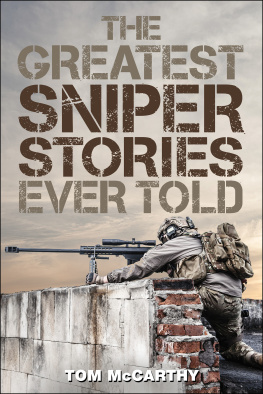
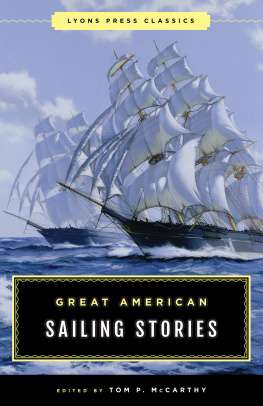

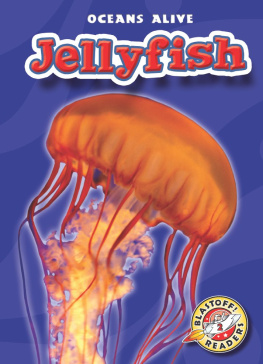
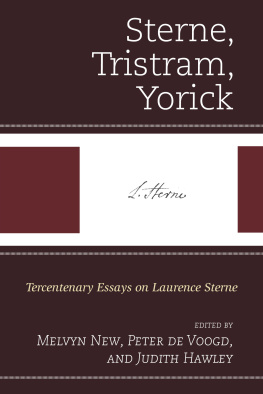
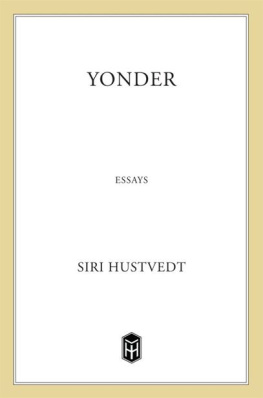
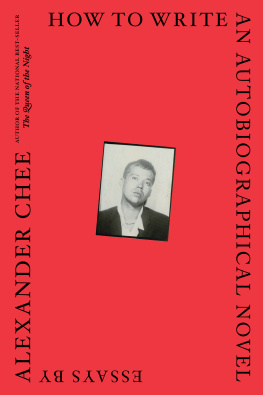
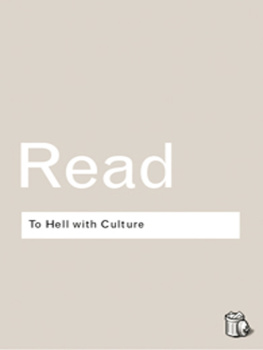
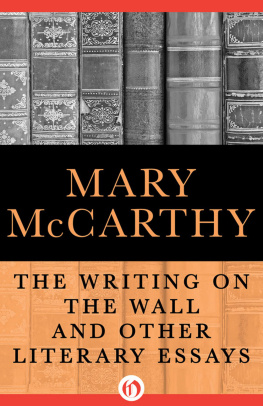


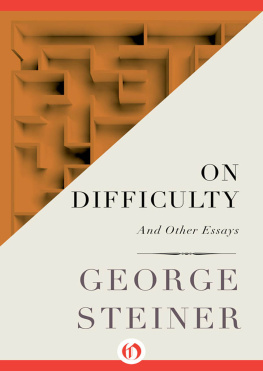
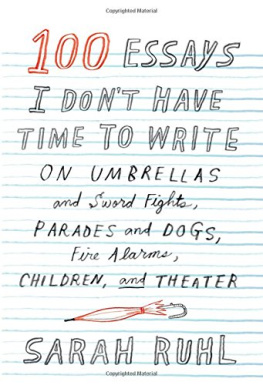

 New York Review Books New York
New York Review Books New York